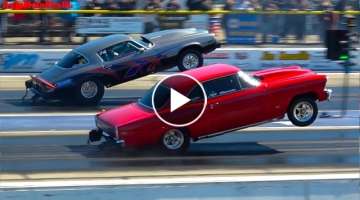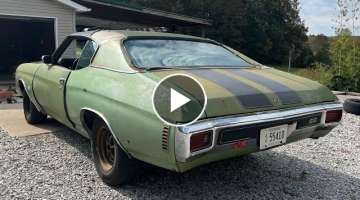Buying The 1957 Chevy Belair
For 1956, full-size Chevrolet styling was mildly updated, followed in 1957 by jet fighter-inspired styling. Chevrolet's engineers continued their momentum with the constant development of the small-block engine, from the Power Pack with its four-barrel carburetor and dual exhaust, through the 225-horsepower dual-carbureted unit conceived by Zora Arkus-Duntov in 1956, which powered Duntov, Betty Skelton, and John Fitch to many speed records at Daytona Beach.
For 1957, the small-block engine grew to 283 cubic inches which transformed the Chevrolets into 'giant killers' on NASCAR ovals. The Rochester mechanical fuel injection unit, developed by John Dolza, offered precise fuel delivery and eliminated the usual fuel starvation and flooding normally encountered with carbureted engines. With the fuel injection system installed, the engine offered 250 horsepower with a hydraulic camshaft and PowerGlide automatic transmission.
After Ed Cole was promoted to general manager of Chevrolet in 1956, he hired Vince Piggins, the engineer behind Hudson's former NASCAR dominance. Piggins was moved to Atlanta, where he organized SEDCO (Southern Engineering and Development Co.) as Chevy's racing Skunk Works out of Nalley Chevrolet. While there, Piggins developed the Black Widow racing cars for 1957 and outlined an instruction manual on how dealers could build their own. Despite the success of this effort, the AMA (American Manufacturers' Association) racing ban halted Chevrolet's factory-backed racing program. Despite being forced underground, the Chevrolets would continue their winning ways - albeit on a more limited basis.
Sponsored
Video
Sponsored
Facebook Comments
Sponsored































